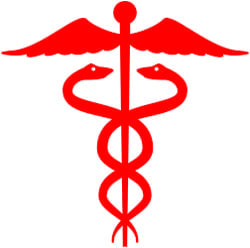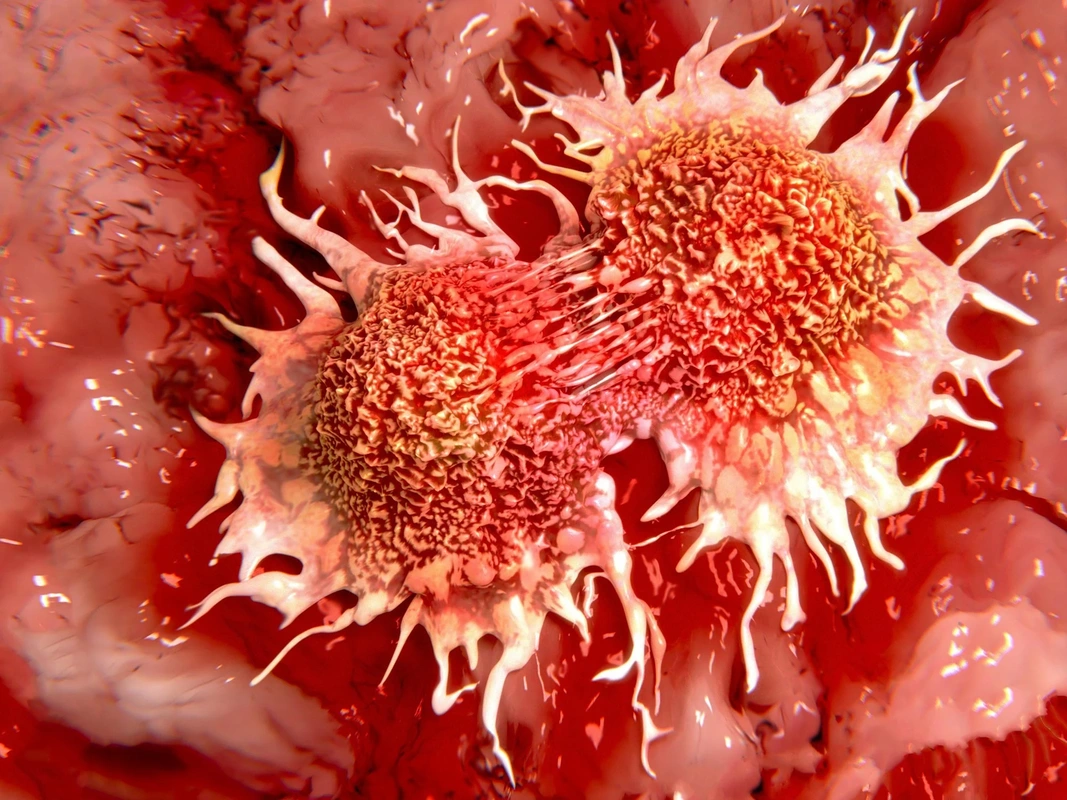Rising Cancers Types Among Gen Xers And Millennials
An August 1, 2024 report from the journal Lancet Public Health, found a worrisome rise in 17 different types of cancers affecting much younger people compared to Baby Boomers during adulthood and middle age. The study interpret this as an eventual halt or reversal in decades of progress in cancer rates.
They called the reason for rising cancer rates among young people "poorly understood" but pointed to other research that has linked some cancers earlier in life to obesity, poor diets, environmental impacts, changes in reproductive patterns, and lifestyle factors such as lack of exercise and poor sleep.
While the risk of getting certain types of cancer rose among young people, the risk of dying from these cancers did not follow in lockstep--perhaps due to effective screening and treatments. Young people are more likely to die from cancers of the gallbladder, testes, colon or rectum, uterus, and liver.
The study examined how common it was for people to be diagnosed with 34 types of cancer as well as how they were more likely to die from m ost of these cancer types from the year 2000 to 2019. During that time period there were more than 23 million people in North America diagnosed with these cancers, and more than 7 million deaths.
Five of the 34 cancer types in the study increased at a concerning and steep rate among young people. starting with those born in 1990, compared to people born in 1955. The rates for the following cancer types doubled or tripled every years among young people:
* In men and women: small intestine, kidney and renal pelvis, and pancreatic cancers.
* In women liver and bile duct cancers
Other cancer types flagged for worrying increases in young people included:
* Estrogen-sensitive breast cancer
* Uterine cancer
* Colorectal cancer
* Gastric and gallbladder and biliary cancers
* Ovarian cancer
* Testicular cancer
* Anal cancer
* Kaposi sarcoma ( a cancer of the skin and soft tissue)
* Leukemia
* Myeloma ( a type of blood cancer)
* Oral and pharynx cancers ( non-HPV types)
Credit:WebMD
An August 1, 2024 report from the journal Lancet Public Health, found a worrisome rise in 17 different types of cancers affecting much younger people compared to Baby Boomers during adulthood and middle age. The study interpret this as an eventual halt or reversal in decades of progress in cancer rates.
They called the reason for rising cancer rates among young people "poorly understood" but pointed to other research that has linked some cancers earlier in life to obesity, poor diets, environmental impacts, changes in reproductive patterns, and lifestyle factors such as lack of exercise and poor sleep.
While the risk of getting certain types of cancer rose among young people, the risk of dying from these cancers did not follow in lockstep--perhaps due to effective screening and treatments. Young people are more likely to die from cancers of the gallbladder, testes, colon or rectum, uterus, and liver.
The study examined how common it was for people to be diagnosed with 34 types of cancer as well as how they were more likely to die from m ost of these cancer types from the year 2000 to 2019. During that time period there were more than 23 million people in North America diagnosed with these cancers, and more than 7 million deaths.
Five of the 34 cancer types in the study increased at a concerning and steep rate among young people. starting with those born in 1990, compared to people born in 1955. The rates for the following cancer types doubled or tripled every years among young people:
* In men and women: small intestine, kidney and renal pelvis, and pancreatic cancers.
* In women liver and bile duct cancers
Other cancer types flagged for worrying increases in young people included:
* Estrogen-sensitive breast cancer
* Uterine cancer
* Colorectal cancer
* Gastric and gallbladder and biliary cancers
* Ovarian cancer
* Testicular cancer
* Anal cancer
* Kaposi sarcoma ( a cancer of the skin and soft tissue)
* Leukemia
* Myeloma ( a type of blood cancer)
* Oral and pharynx cancers ( non-HPV types)
Credit:WebMD

